On the stroke of midnight, 15 August 1947, the Indian nation was born. But before the national anthem echoed through the halls of the Constituent Assembly, it was a woman’s voice that carried the weight of freedom and symbol. Hansa Jivraj Mehta, a tireless reformist and one of only fifteen women in the Assembly, rose to her feet and presented the national flag on behalf of the women of India.
“It is my proud privilege, on behalf of the women of India, to present this flag to the nation, and to express the hope that under this flag, there will be peace, prosperity and progress for all.” — Hansa Mehta, Constituent Assembly, 14 August 1947 (Prasar Bharati Archives)
This was not a ceremonial gesture. It was a powerful statement of representation, resilience, and responsibility, a moment painstakingly earned by women across decades of sacrifice and struggle.
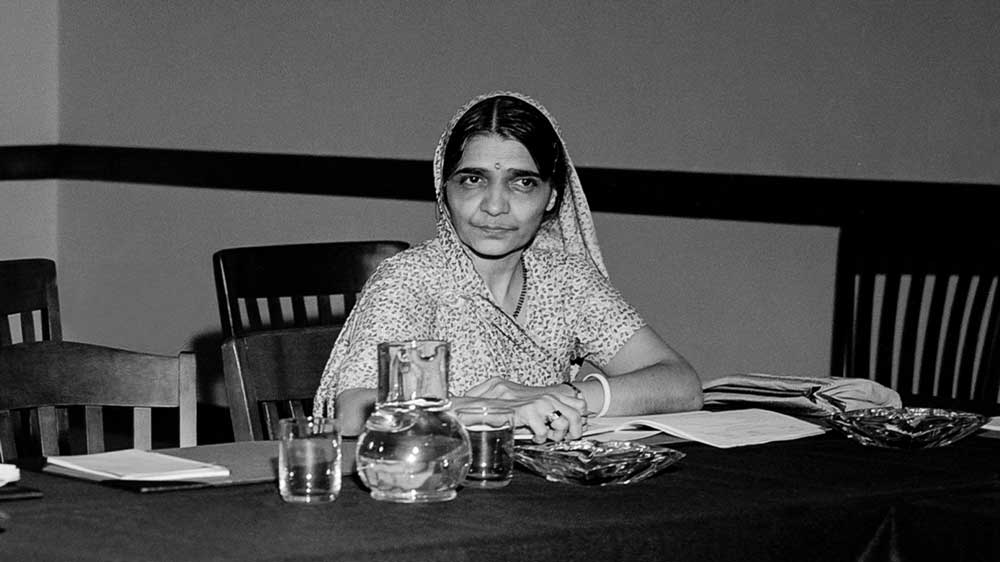
Hansa Mehta and the Making of the Flag
Mehta’s contribution went far beyond that historic handover. As the only woman on the 1947 Flag Committee, she played a critical role in shaping what the flag would represent. One of her most consequential interventions was advocating the replacement of the charkha (spinning wheel), previously featured in the Congress Party’s flag, with the Ashoka Chakra, a symbol rooted in India’s ancient past and inclusive civilisational identity.
The Chakra, inspired by the Lion Capital of Emperor Ashoka at Sarnath, represents dharma (righteousness), unity, and the constant motion of progress. Mehta and her colleagues believed that the new national flag should transcend party politics and reflect India’s universal values.
“She understood that a flag is not just a design, but an emblem of collective identity. Her insistence on the Chakra over the charkha reflected a profound vision for a pluralistic India.” — Dr Ananya Vajpeyi, historian and political theorist
Long Before 1947: Bhikaji Cama and the First Indian Flag Abroad
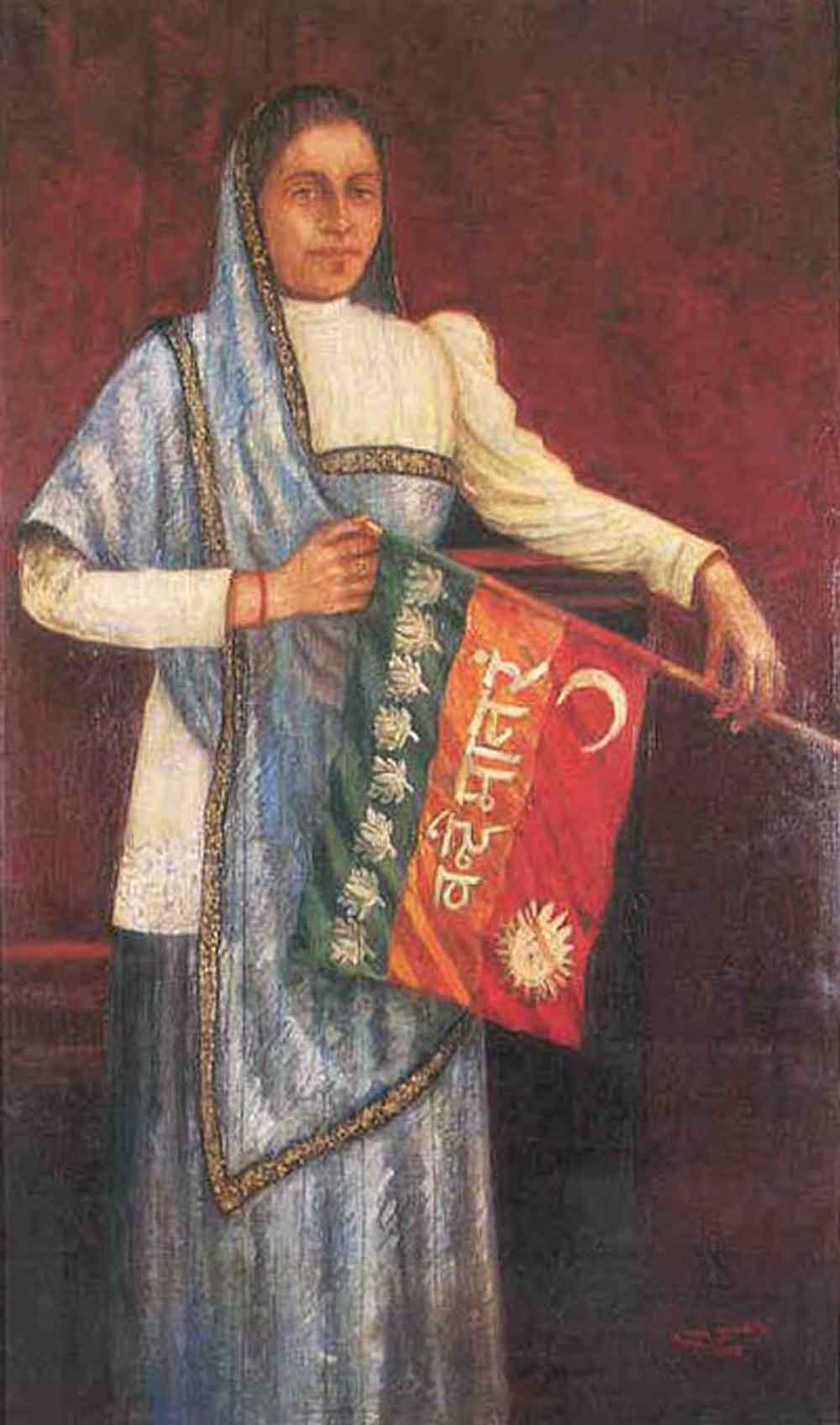
Decades before the tricolour was formally adopted, Indian women had already raised early versions of the flag in defiance of colonial rule.
One of the most pioneering acts came in 1907, when Bhikaji Cama, a revolutionary in exile, unfurled an Indian flag at the International Socialist Congress in Stuttgart, Germany. Speaking to a global audience, she proclaimed India's right to freedom and equality, declaring:
“This flag is of Indian Independence. Behold, it is born!”
Cama’s flag, co-designed with fellow revolutionaries Vinayak Damodar Savarkar and Shyamji Krishna Varma, was based on the tricolour concept and included the words "Vande Mataram" and symbols representing unity across faiths and communities. While it was not the same as the present-day national flag, her act of defiance made Bhikaji Cama the first Indian woman to hoist a national flag on foreign soil, laying symbolic groundwork for what would follow four decades later. (Sourced from: Indian National Congress - Congress Sandesh Tribute, Government of India archives, Stuttgart Congress records)
Women Who Carried the Tricolour into Revolution
Bhikaji Cama’s gesture would be echoed time and again by women who carried the flag into mass movements, streets, and battlefields.
Sarojini Naidu, the ‘Nightingale of India’, led protest marches, championed women’s suffrage, and faced multiple imprisonments under British rule.
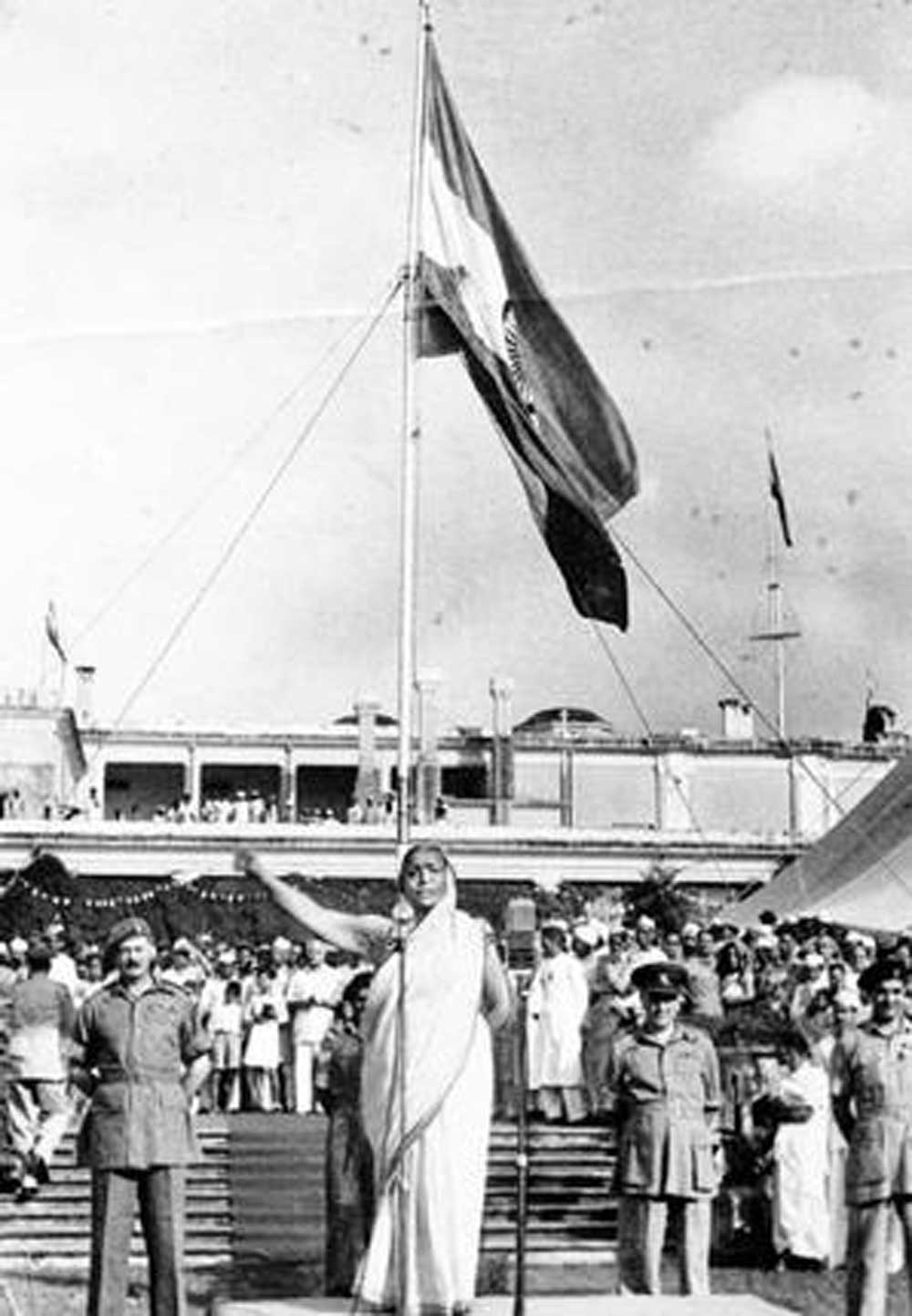
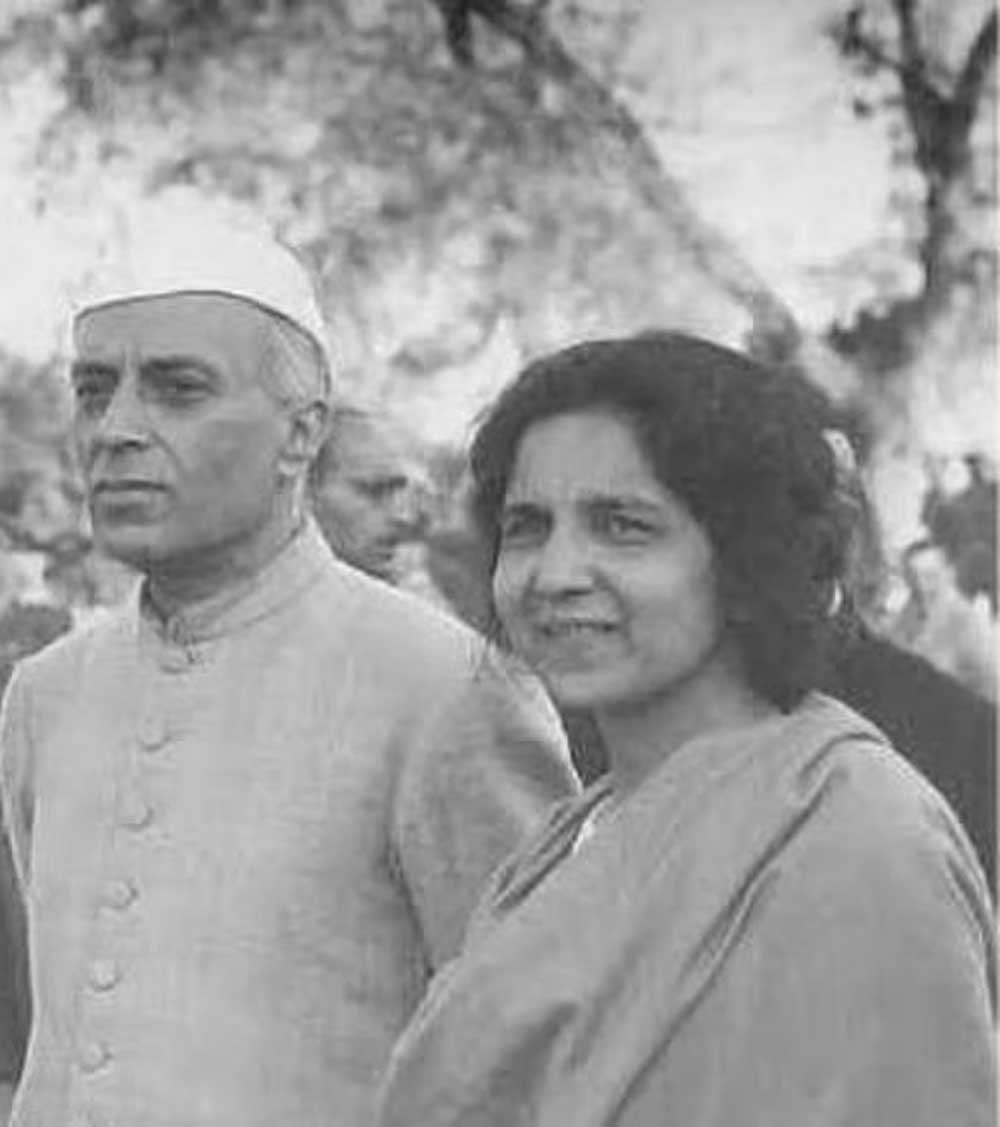
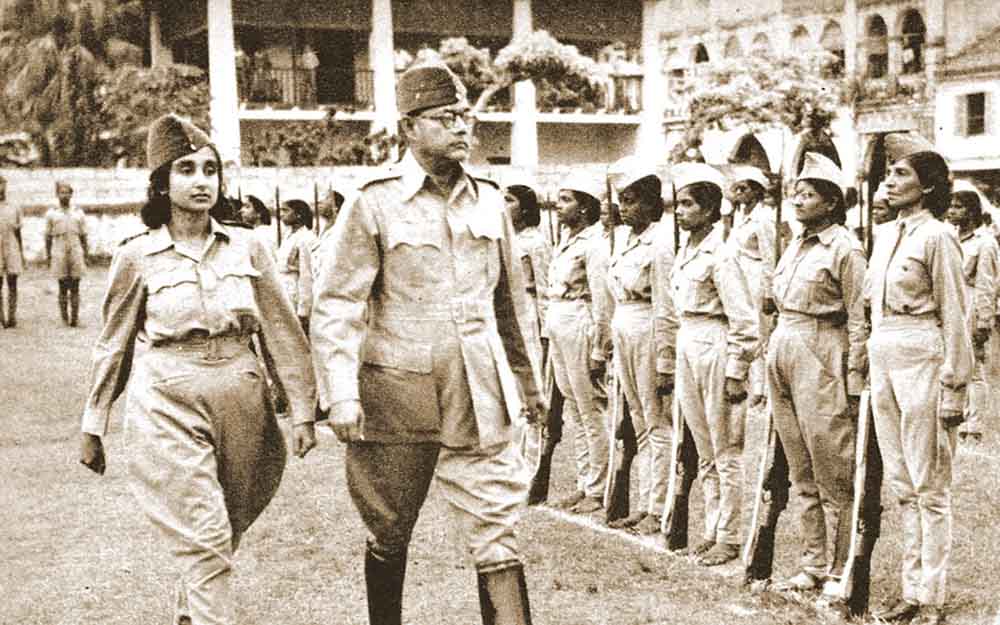
For these women, the flag was not merely a political symbol. It was a call to action, and an emblem of defiance, identity, and fearlessness.
Crafted by Women’s Hands: The Artisans Behind the Flag
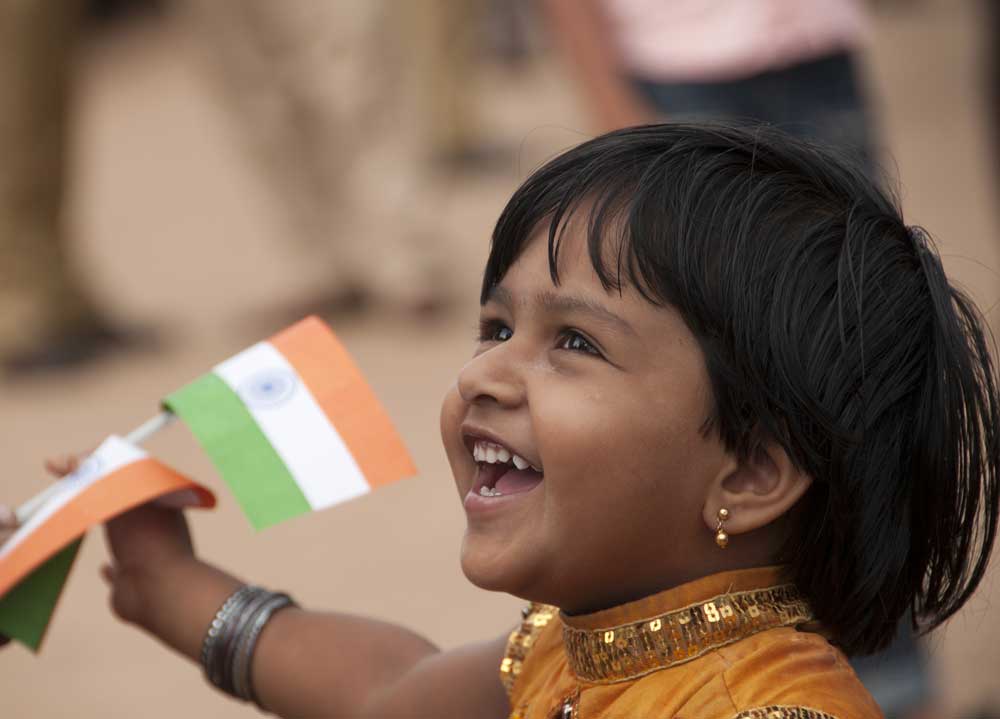
The legacy of the Indian flag is not only political, it is tactile. It lives in the hands of the thousands of women who have spun, dyed, stitched, and woven it into existence.
Historically, khadi production was led by women’s collectives and rural self-help groups. To this day, India’s national flags are made from hand-spun, handwoven khadi and must adhere to exact specifications laid down by the Bureau of Indian Standards (BIS).
The only unit officially authorised to manufacture the Indian flag is the Karnataka Khadi Gramodyoga Samyukta Sangha (KKGSS), located in Bengeri, Hubballi. The majority of its workforce is female, continuing a legacy of national service through craft and labour.
Each flag must conform to the Flag Code of India: it must be khadi, stitched by hand, and follow precise measurements and colour tones. No machine-made or synthetic flag qualifies as the national flag. (Sources: BIS guidelines, Ministry of Culture, KKGSS official site)
The Legacy Lives On
As India celebrates over seven decades of freedom, the tricolour remains a living embodiment of its people's struggle, and in no small part, of its women.
From a woman who raised it in Europe before India was a republic, to one who presented it in Parliament at the moment of independence; from revolutionaries who carried it into prison and war, to weavers who continue to bring it to life thread by thread, India’s flag has always been shaped by women’s voices, hands, and courage.
The tricolour is not just a national symbol. It is a tapestry of India’s womanhood woven with sacrifice, sewn with conviction, and raised high by those who never waited for permission to lead.
*Sources Consulted
Constituent Assembly Debates, Volume 5, 14 August 1947
Prasar Bharati Archives (official YouTube footage of Hansa Mehta’s speech)
Congress Sandesh Tribute: “Bhikaji Cama – The First Woman to Hoist India’s Flag” (INC website)
Vajpeyi, Ananya. Righteous Republic, Harvard University Press
Ministry of Culture, Government of India
Flag Code of India, Bureau of Indian Standards
Karnataka Khadi Gramodyoga Samyukta Sangha (kkgss.org)